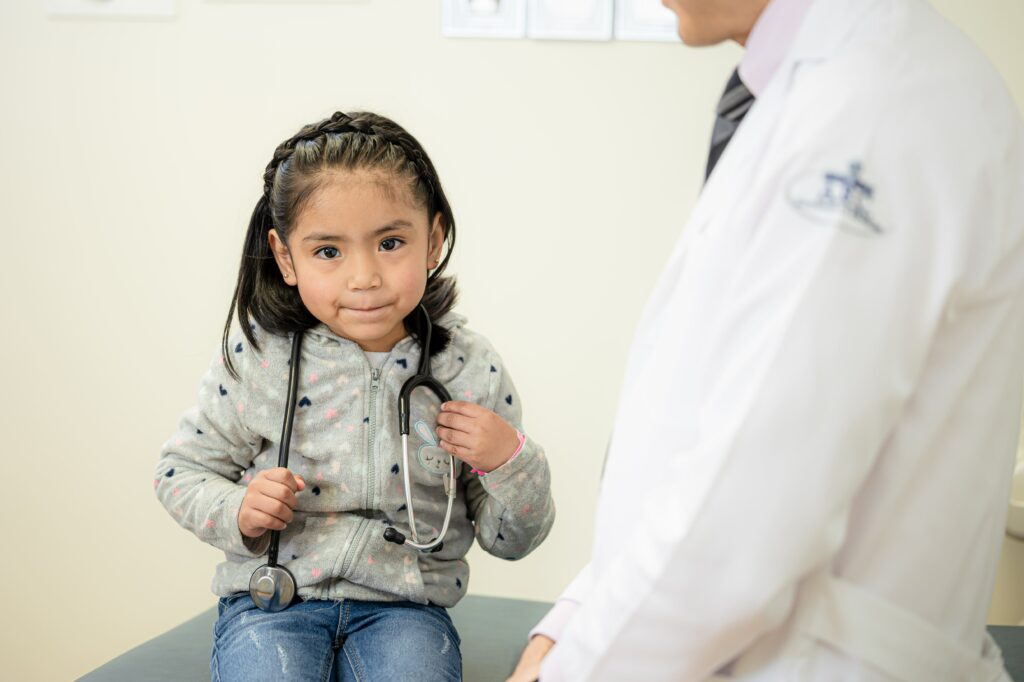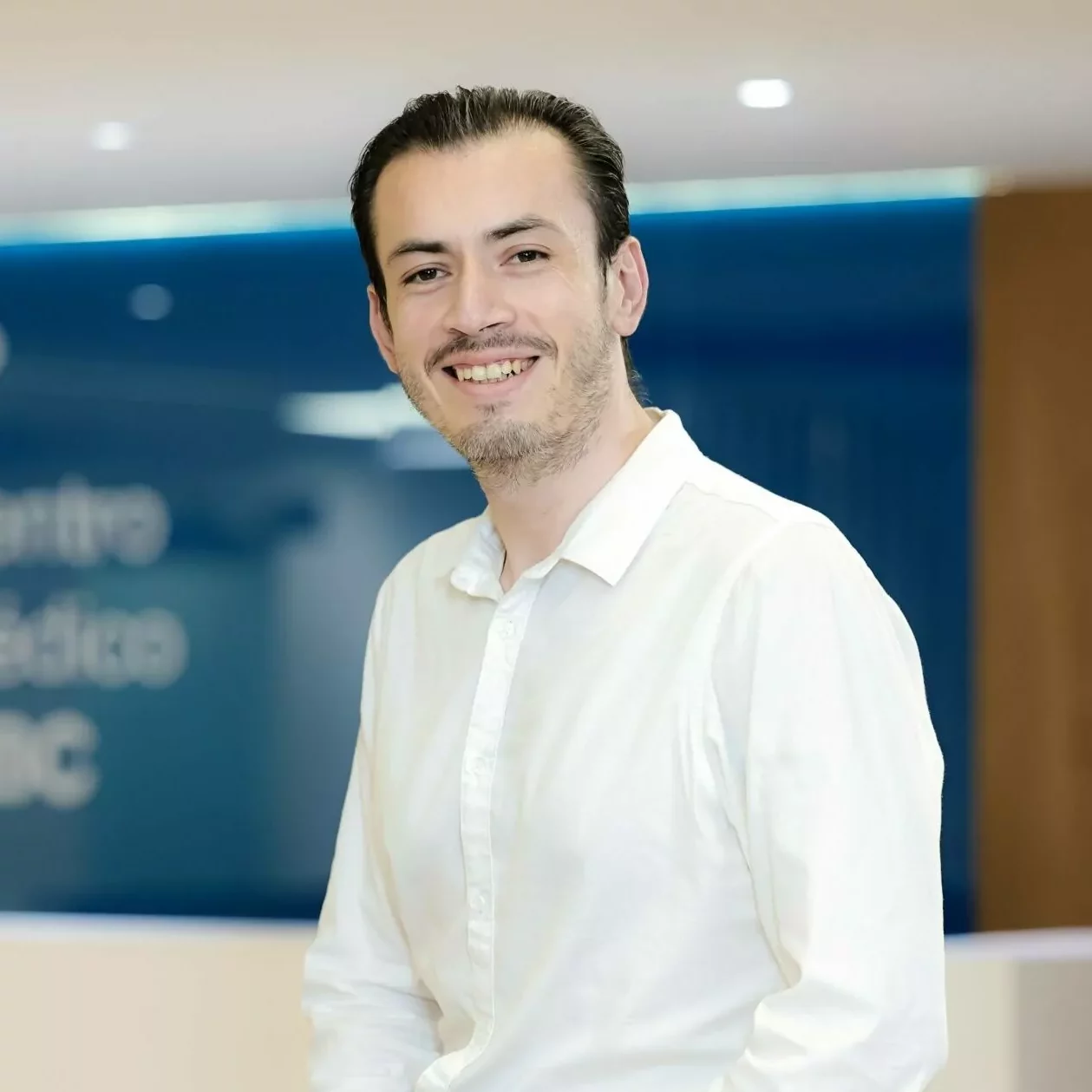Key points:
-
Children may require a bone marrow transplant both because of a disease and because of the radiation or chemotherapy treatments they receive.
-
Bone marrow can be donated by the same patient, someone with a high or low genetic match, depending on each case.
-
Leukemia, sarcomas, and genetic and immune system diseases are some reasons for requiring a transplant.
Bone marrow transplant, more correctly known as hematopoietic stem cell transplant, or BMT, is a treatment focused on caring for patients with some types of diseases.
Bone marrow is found inside the bones and helps them make and store most of the cells of the circulatory and immune systems.
For this procedure, cells are taken from the bone marrow, the famous stem cells, which receive their name because they are capable of producing other types of cells.
Subsequently, they are filtered and, finally, they are given to the patient with the aim that the healthy bone marrow cells replace the diseased cells, this will allow the body to start producing red and white blood cells again, as well as platelets. These blood cells are very important for everyone’s health.
“According to data from the World Marrow Donors Association, more than 50 thousand patients worldwide receive transplants each year and this number continues to increase. In about a third of cases, a donor can be found within a patient’s family; however, the rest of the time, an unrelated donor is required for a successful transplant. The World Marrow Donors Association estimates that every year, between 10 and 15 thousand patients cannot find a compatible bone marrow donor.”1
There are different types of bone marrow transplant, the choice of one or the other depends on several specific factors:
- Autologous transplant. An autologous transplant makes it possible to extract stem cells from the same patient before the healing process to freeze them and use them when necessary, generally later.
- Allogeneic transplant. Healthy stem cells are obtained from a donor who is either related or unrelated, but who has similar genetic characteristics to the patient.
- Haploidentical transplant. A donor that is not fully compatible with the patient (they are compatible in an HLA haplotype) is selected, which makes it easier to expand the number of possible donors. There must be careful control of the patient after the donation.
- Syngeneic transplant. If the patient has a healthy twin brother or sister, they will be able to receive the transplant.
Both boys and girls may require a bone marrow transplant for many reasons, including that the blood cells within their bones have stopped working properly due to some type of cancer or another blood disease, such as:
- Acute or chronic leukemia.
- Hodgkin and non-Hodgkin lymphomas.
- Congenital neutropenia and other disorders of the immune system.
- Sarcoma.
- Severe combined immunodeficiency syndrome.
- Bone marrow failure syndrome.
- Thalassemia and other genetic diseases.
- Brain tumors.
In addition, it is common for children who have undergone high doses of chemotherapy or radiation to treat leukemia or lymphomas, to require a bone marrow transplant.
Being a complex treatment, bone marrow transplants can have serious side effects. Because of this, it is important to choose a center in which all the staff has experience not only in the procedure but also in the child’s recovery period.
At ABC Medical Center’s Cancer Center, we can provide you with specialized care. Contact us!
Fuentes:
1 https://www.gob.mx/insabi/articulos/dia-mundial-del-donante-de-medula-osea-y-sangre-de-cordon-umbilical-17-de-septiembre
https://www.cancer.net/es/desplazarse-por-atencion-del-cancer-como-se-trata-el-cancer/trasplante-de-Celulas-madre
https://www.stanfordchildrens.org/es/topic/default?id=trasplantedemdulasea-90-P06155
https://www.cancer.org/es/cancer/tipos/leucemia-en-ninos/tratamiento/medula-osea.html



